

Articles
How To Open A Stuck Window
Modified: December 7, 2023
Discover helpful articles on how to open a stuck window, including step-by-step guides and effective techniques. Enhance your DIY skills and find solutions for your window woes.
(Many of the links in this article redirect to a specific reviewed product. Your purchase of these products through affiliate links helps to generate commission for Storables.com, at no extra cost. Learn more)
Introduction
Having a stuck window can be frustrating and inconvenient, especially when you need to let fresh air into a room or access the outdoors. However, before you start panicking or calling a professional, there are several steps you can take to open a stuck window yourself. In this article, we will guide you through the process of assessing the situation, gathering the required tools, and implementing various techniques to free your stubborn window.
Whether it’s due to humidity, old age, or debris buildup, many windows can become difficult to open or stuck completely. The good news is that with a little bit of patience, some basic tools, and a few clever techniques, you can often resolve this issue on your own. So, let’s dive into the steps you need to follow to open a stuck window and bring fresh air back into your space.
Key Takeaways:
- Don’t panic if you have a stuck window! Assess the situation, gather tools, and try lubrication, pressure, and tapping techniques. If all else fails, seek professional help for a safe and efficient solution.
- Understanding the type of window, using the right tools, and applying various techniques can help you open a stuck window. If DIY methods don’t work, don’t hesitate to seek professional assistance for complex window issues.
Read more: How To Open Stuck Blender Lid
Assessing the Situation
Before you dive into trying various techniques to open your stuck window, it’s important to assess the situation and determine the cause of the problem. By understanding the underlying issue, you can choose the best approach to tackle it effectively.
Here are a few factors to consider when assessing the situation:
- Identify the type of window: Different types of windows have different mechanisms for opening and closing. It’s important to understand the specific type of window you are dealing with, such as a sliding window, double-hung window, or casement window.
- Observe the window frame and tracks: Check for any visible signs of damage, such as bent or warped frames, loose tracks, or debris accumulated in the tracks that might be hindering the movement of the window.
- Check for paint or sealant: If your window has been recently painted or sealed, the layers of paint or sealant might be causing the window to stick. Look for any signs of paint or sealant buildup along the edges of the window.
- Assess the weather conditions: Extreme weather conditions, such as heavy rain, high humidity, or drastic temperature changes, can cause windows to expand or contract, resulting in them getting stuck. Take note of any recent weather conditions that might have affected the window’s functionality.
By paying attention to these factors, you will have a better understanding of why your window is stuck and be able to choose the most appropriate method to resolve the issue. In the next section, we will discuss the tools you will need for the process.
Gather Required Tools
Before you start attempting to open your stuck window, it’s important to gather the necessary tools. Having the right tools on hand will make the process smoother and more efficient. Here are the essential tools you will need:
- Screwdriver: A flathead or Phillips screwdriver is handy for removing any screws or hardware that may be obstructing the window’s movement.
- Putty knife: A putty knife can be useful for loosening any paint or sealant that might be causing the window to stick. It can also be used to gently pry open the window if necessary.
- Lubricant: You will need a suitable lubricant to help loosen the window’s mechanism. Silicone spray or a dry, graphite-based lubricant work well for this purpose.
- Rags or paper towels: These will come in handy for cleaning out debris or wiping away excess lubricant.
- Step stool or ladder: If your window is located at a height that requires extra reach, a step stool or ladder will ensure your safety while working on it.
Make sure to gather all the necessary tools before you begin. This will save you time and frustration later on. Additionally, consider wearing gloves to protect your hands and safety goggles if you anticipate any debris or dust coming loose during the process.
Now that you have all the required tools, let’s move on to the next section where we will discuss how to apply lubrication to your stuck window.
Lubricating the Window
One of the most common reasons for a stuck window is inadequate lubrication. Over time, the window’s moving parts may become dry or accumulate dirt and debris, causing friction and making it difficult to open. Lubricating the window can help loosen the mechanism and make it easier to move. Here’s how to do it:
- Clean the window: Start by wiping down the window frame, tracks, and surrounding areas to remove any dirt, dust, or debris that may be hindering the window’s movement.
- Apply the lubricant: Using a silicone spray or a dry, graphite-based lubricant, spray or apply a small amount directly to the areas where the window is sticking. Focus on the tracks, hinges, and any other moving parts.
- Operate the window: After applying the lubricant, try opening and closing the window multiple times to evenly distribute the lubricant and allow it to penetrate the mechanism. This motion should help loosen any stuck parts and provide smoother operation.
If the window still doesn’t budge after applying the lubricant and operating it several times, don’t worry. There are additional techniques you can try in the next sections.
It’s important to note that while lubrication may solve the issue for some windows, it may not be the fix for all cases. If your window remains stuck, proceed to the next section for alternative methods to open it.
Use a lubricant like silicone spray or WD-40 on the window tracks and hinges. Gently tap around the frame with a rubber mallet to loosen any stuck parts.
Applying Pressure and Tapping
If lubricating the window didn’t successfully free it, you can try applying pressure and tapping to help loosen any stuck parts. Here’s what you can do:
- Apply gentle pressure: Stand facing the stuck window and place both hands on the frame or sash. Apply steady but gentle pressure in an upward or downward motion, depending on the type of window. Be cautious not to use excessive force as this may cause damage to the window or your fingers.
- Utilize tapping: Using the heel of your hand or a soft mallet, tap along the edges of the window frame. Start at the top and work your way down, focusing on the areas where the window is sticking. The tapping motion can help dislodge any debris or loosen the window’s mechanism.
- Alternate between pressure and tapping: Combine the pressure and tapping techniques by applying pressure for a few seconds, then tapping on the window frame. Repeat this process several times while attempting to open the window.
Remember to take breaks in between attempts to avoid exerting excess force and causing damage. If the window still refuses to budge, there are additional methods you can try in the next sections.
Keep in mind that applying pressure and tapping should be done with caution. If you are unsure or uncomfortable with these techniques, it is best to seek professional help to avoid any potential damage to your window.
Read more: How To Open A Dresser Drawer That Is Stuck
Using a Screwdriver or Putty Knife
If your window is still stuck after attempting the previous methods, you can try using a screwdriver or putty knife to carefully pry it open. Here’s how:
- Identify any screws or hardware: Inspect the window frame for any screws or hardware that may be obstructing the window’s movement. Use a screwdriver to remove them if necessary.
- Insert a putty knife: Gently insert a putty knife between the window frame and the sash. Start at one corner and work your way along the edge, applying slight pressure to separate the two.
- Wiggle the putty knife: Once the putty knife is inserted, carefully wiggle it back and forth to help release any stuck areas. Be mindful not to force it too much, as this may cause damage to the window or the surrounding frame.
- Progress slowly: Slowly move the putty knife along the edges of the window, repeating the process of wiggling and gently prying. Take your time and be patient to avoid any unnecessary damage.
- Continue from different angles: If the window remains stuck from one side, try repeating the process from a different angle. Sometimes, windows can be looser on one side, and approaching it from a different angle may yield better results.
It’s crucial to exercise caution when using a screwdriver or putty knife to avoid any injury or window damage. If you feel uncomfortable or encounter resistance, it’s best to seek professional assistance to prevent further complications.
If none of these methods successfully open your window, it may be time to consider professional help. Let’s explore that option in the next section.
Seeking Professional Help
If all your attempts to open a stuck window have been unsuccessful, it may be time to seek professional assistance. A trained window technician or handyman will have the expertise and tools needed to tackle more complex window issues. Here are a few reasons why you might consider professional help:
- Complex window mechanisms: Some windows have intricate mechanisms that require specialized knowledge to repair. A professional will be familiar with these systems and can provide the necessary expertise to fix the problem.
- Damaged or worn-out components: If your window has damaged or worn-out components, such as broken springs, tracks, or hinges, a professional can identify and replace these parts to restore proper functionality. They will have access to the appropriate replacement parts, ensuring a long-term solution.
- Potential safety hazards: Windows in certain situations, such as those on upper floors or difficult-to-reach areas, can pose safety hazards if not handled properly. Professionals are well-equipped and trained to address these challenges safely.
- Efficiency and time-saving: Hiring a professional can save you time and effort. They will be able to quickly diagnose the issue, implement the appropriate solution, and ensure the window is working efficiently.
When seeking professional help, it’s important to research and choose a reputable window repair service or handyman. Look for customer reviews, ask for recommendations from friends or family, and ensure that the company or individual has a proper license and insurance coverage.
Remember, professional assistance might come at a cost, so weigh the benefits against the expense involved. In some cases, it may be more cost-effective and efficient to consult a professional from the start.
By considering professional help, you can ensure that your stuck window is properly diagnosed and repaired, saving you time, frustration, and potential future issues with your window.
Conclusion
Dealing with a stuck window can be a frustrating experience, but with the right approach and tools, you can often resolve the issue yourself. By assessing the situation, gathering the required tools, and implementing various techniques, you can increase your chances of successfully opening a stuck window.
Start by assessing the type of window, checking for any visible damage or debris buildup, and considering external factors like weather conditions. Once you have a clear understanding of the situation, gather the necessary tools such as a screwdriver, putty knife, lubricant, and cleaning materials.
Try lubricating the window first using a silicone spray or a dry, graphite-based lubricant. If that doesn’t work, apply gentle pressure and tapping techniques to loosen any stuck parts. If the window remains stubborn, you can try using a screwdriver or putty knife to carefully pry it open.
If all else fails, it’s time to seek professional help. A window technician or handyman will have the expertise and tools needed to address complex issues and ensure proper repair and functionality of your window.
Remember, safety should always be a priority when working on windows, especially if they are located at a height or pose potential hazards. If you feel uncomfortable or unsure at any point during the process, it’s best to consult a professional to avoid accidents or further damage.
By following the steps outlined in this article and exercising patience and caution, you can increase your chances of successfully opening a stuck window and enjoying fresh air and natural light once again.
Frequently Asked Questions about How To Open A Stuck Window
Was this page helpful?
At Storables.com, we guarantee accurate and reliable information. Our content, validated by Expert Board Contributors, is crafted following stringent Editorial Policies. We're committed to providing you with well-researched, expert-backed insights for all your informational needs.
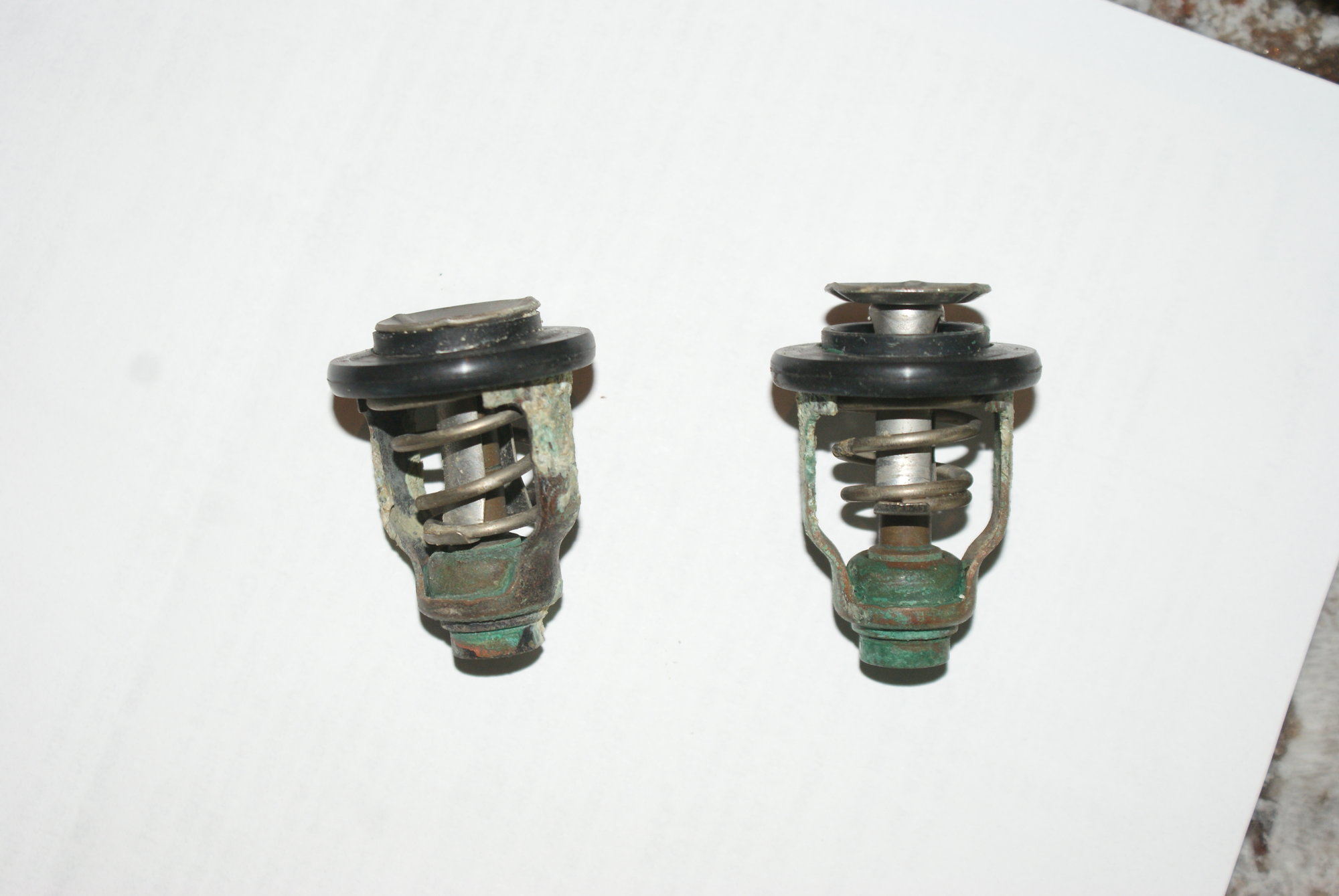
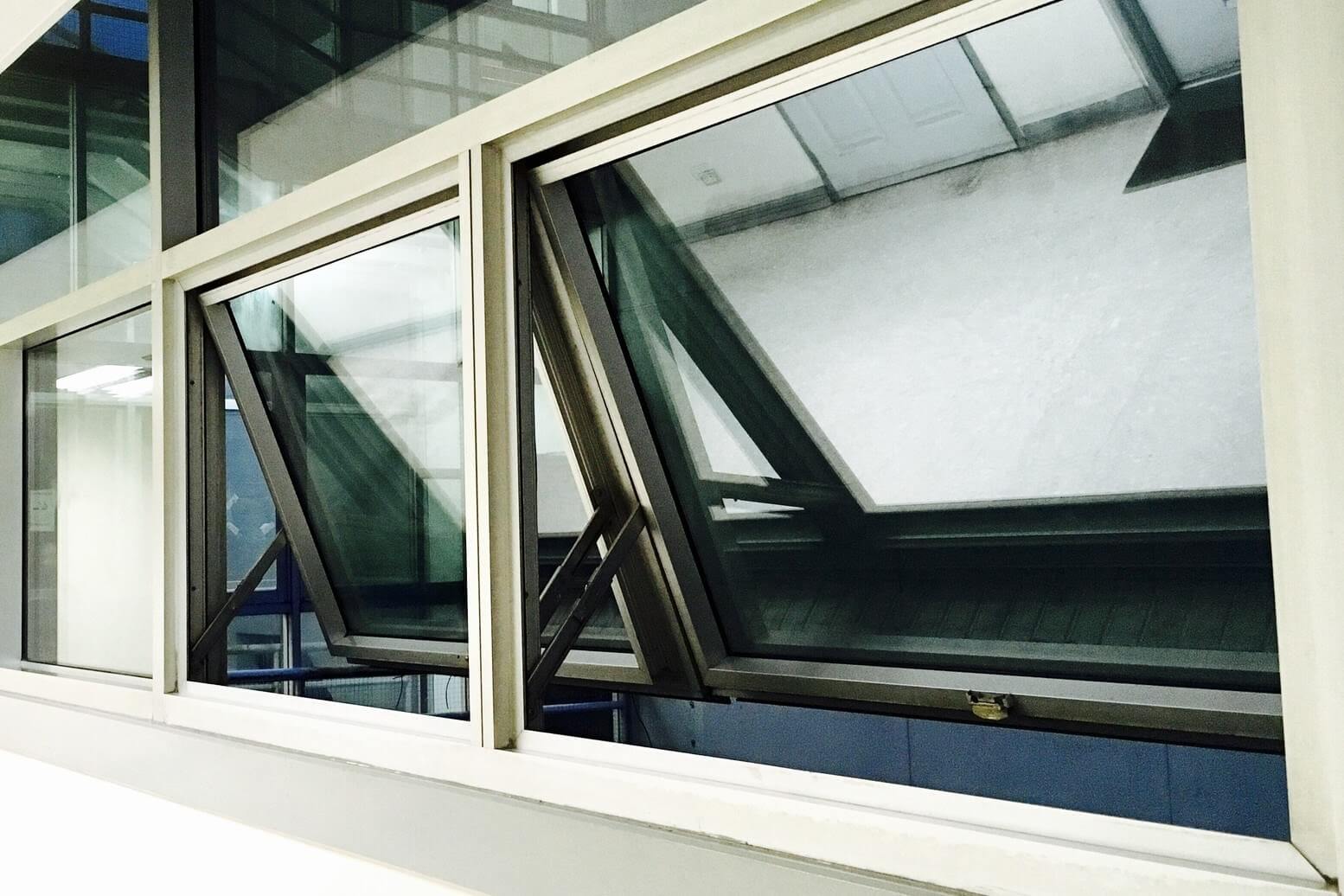
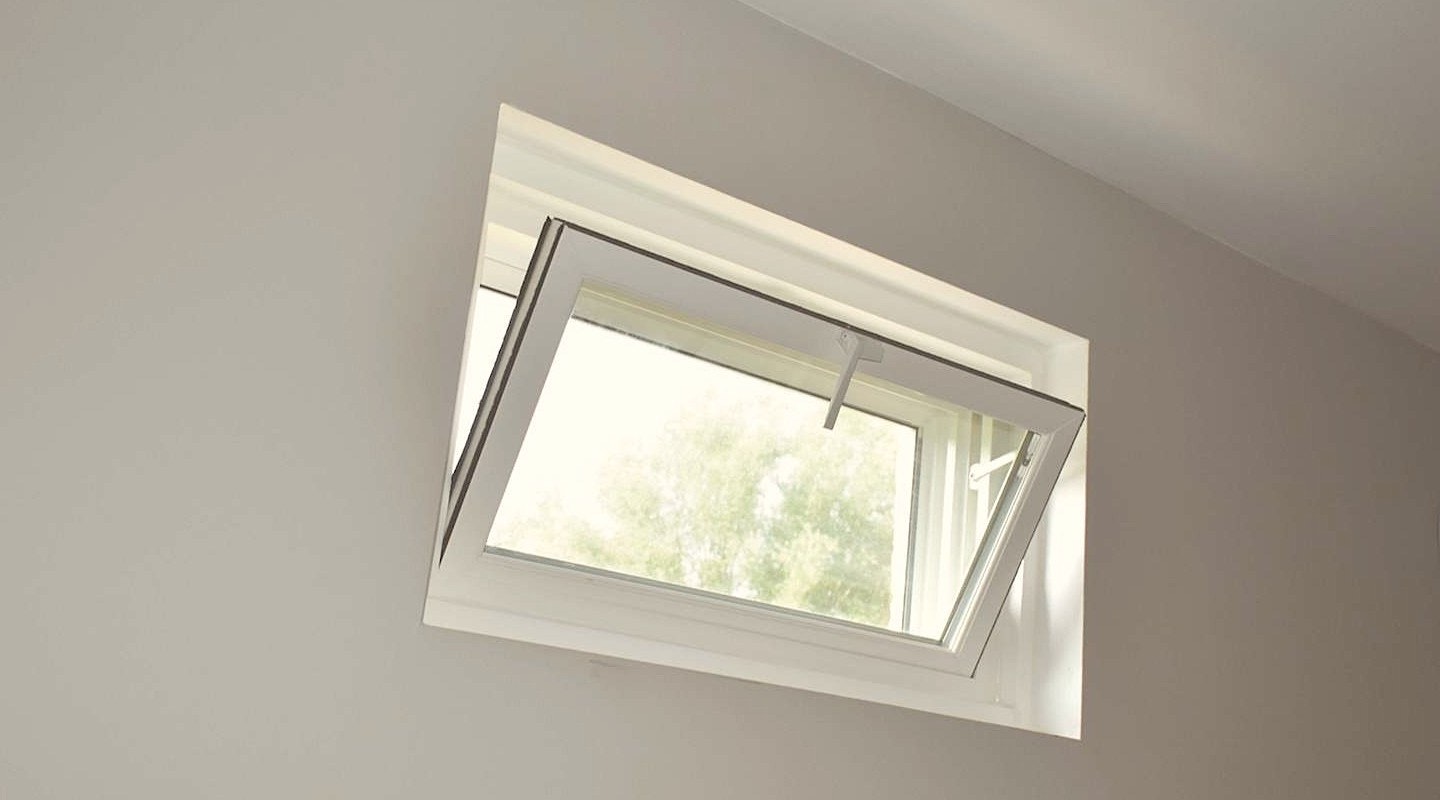


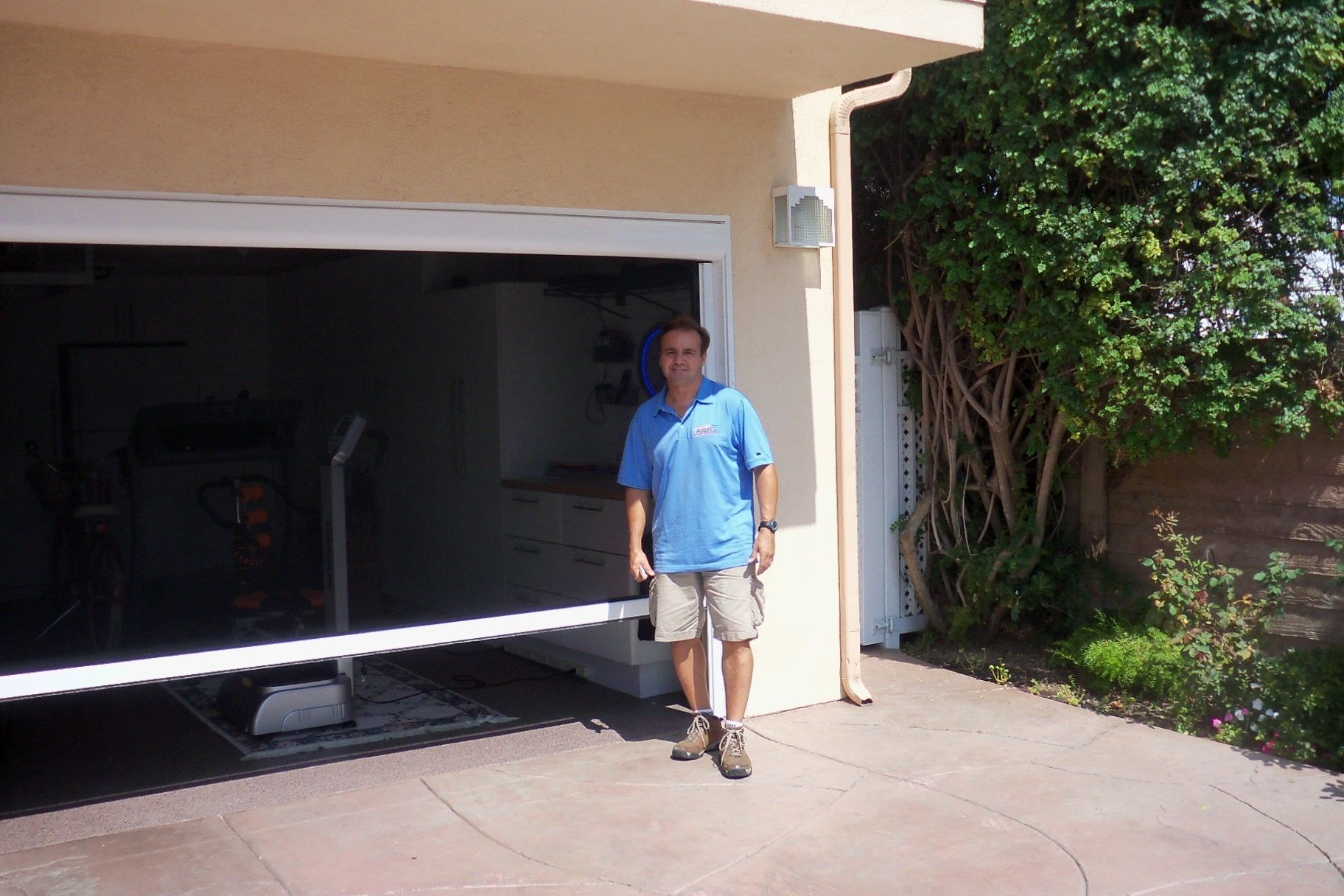

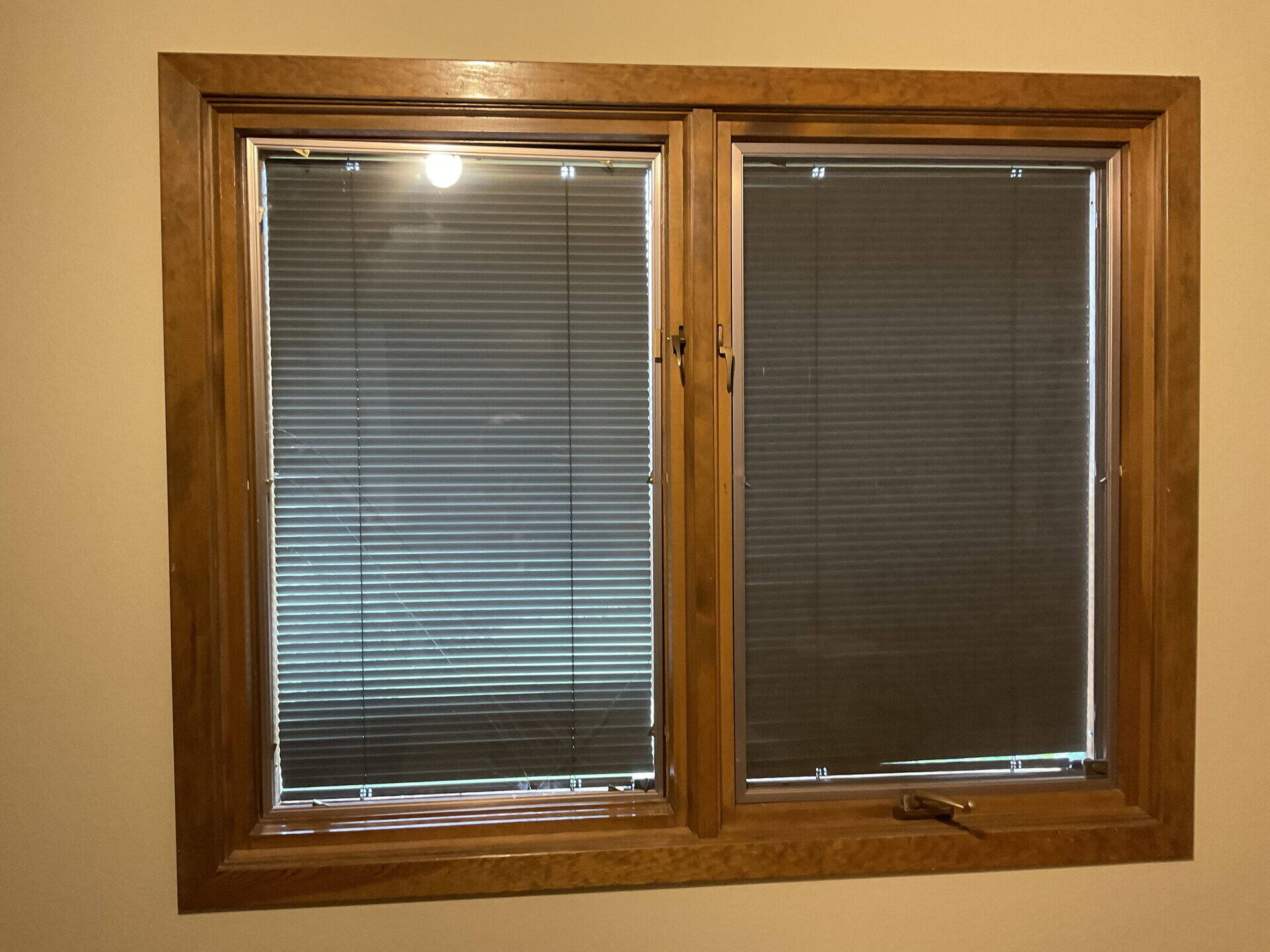

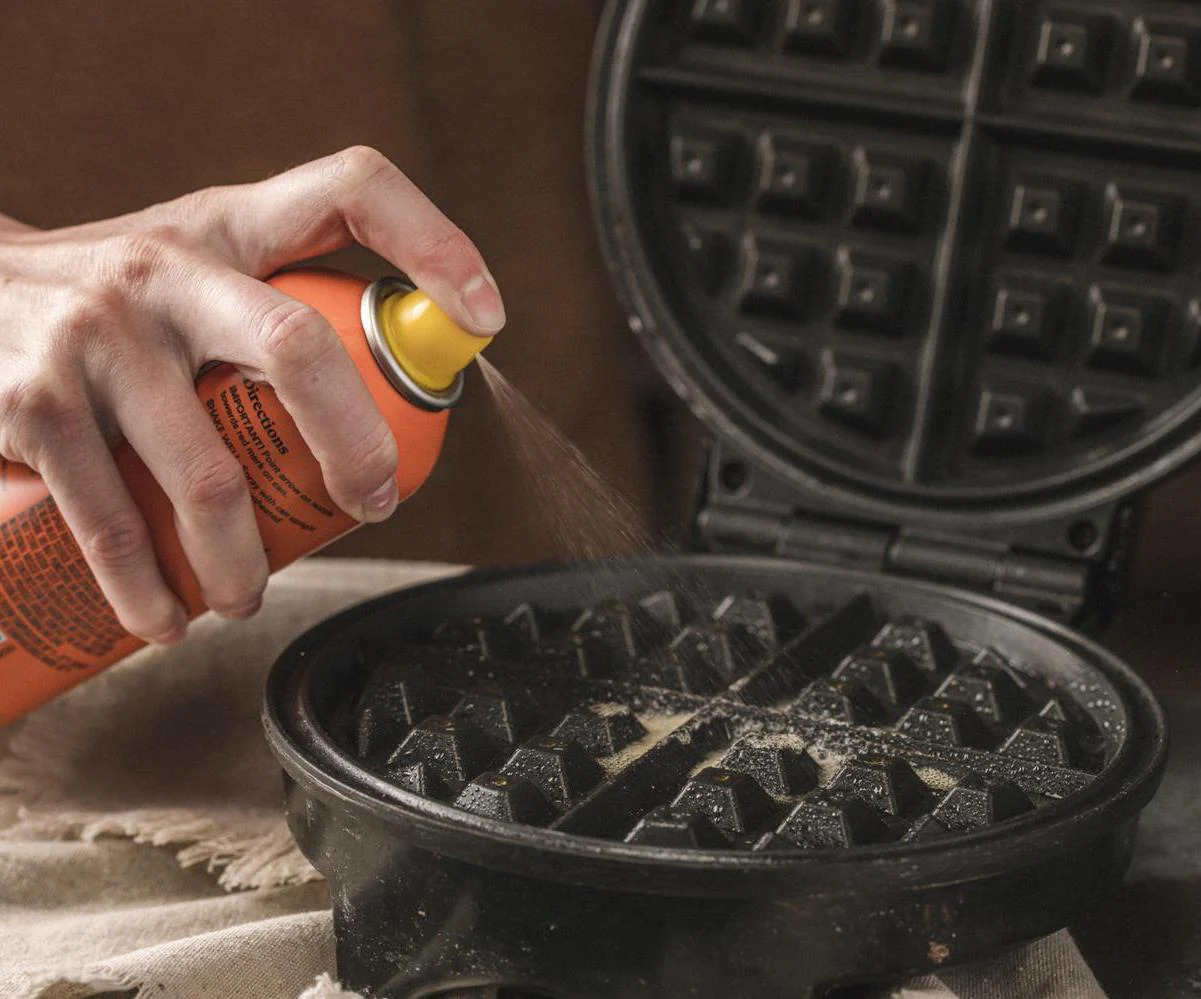
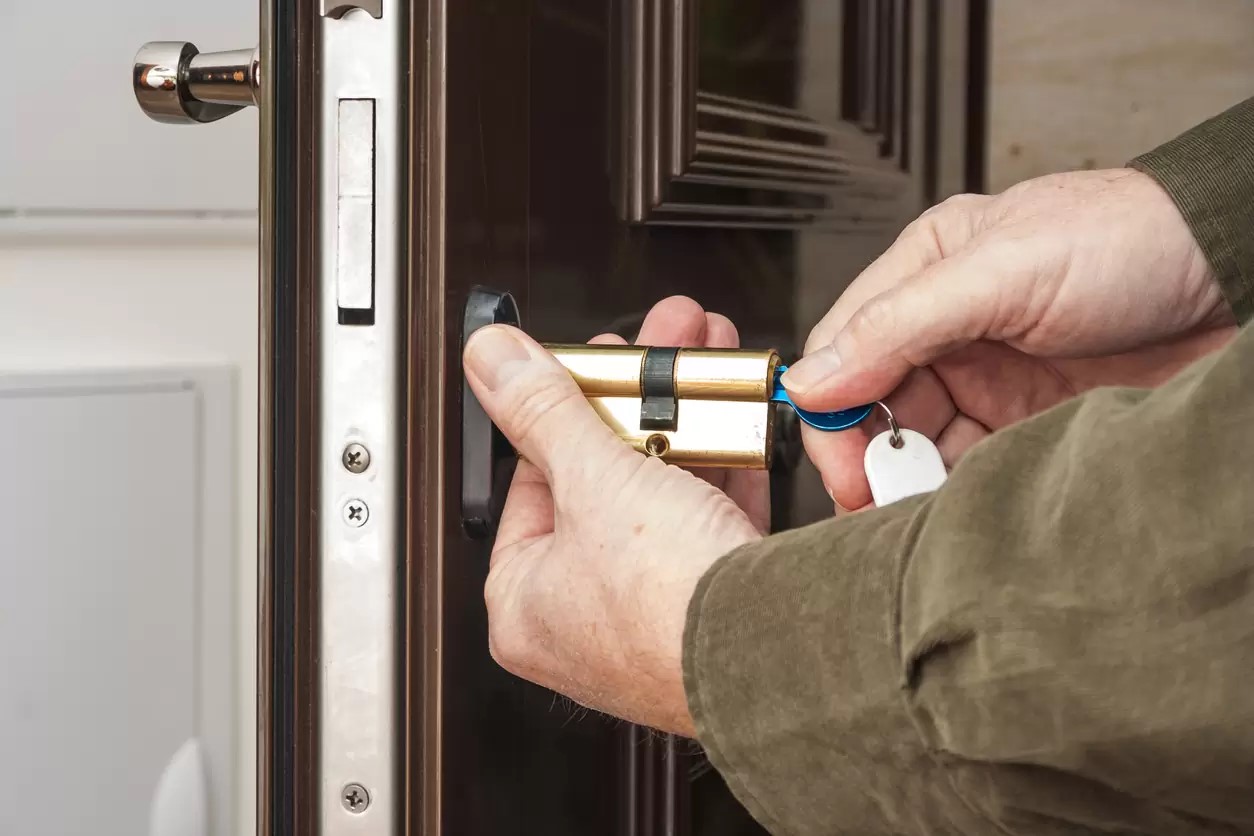
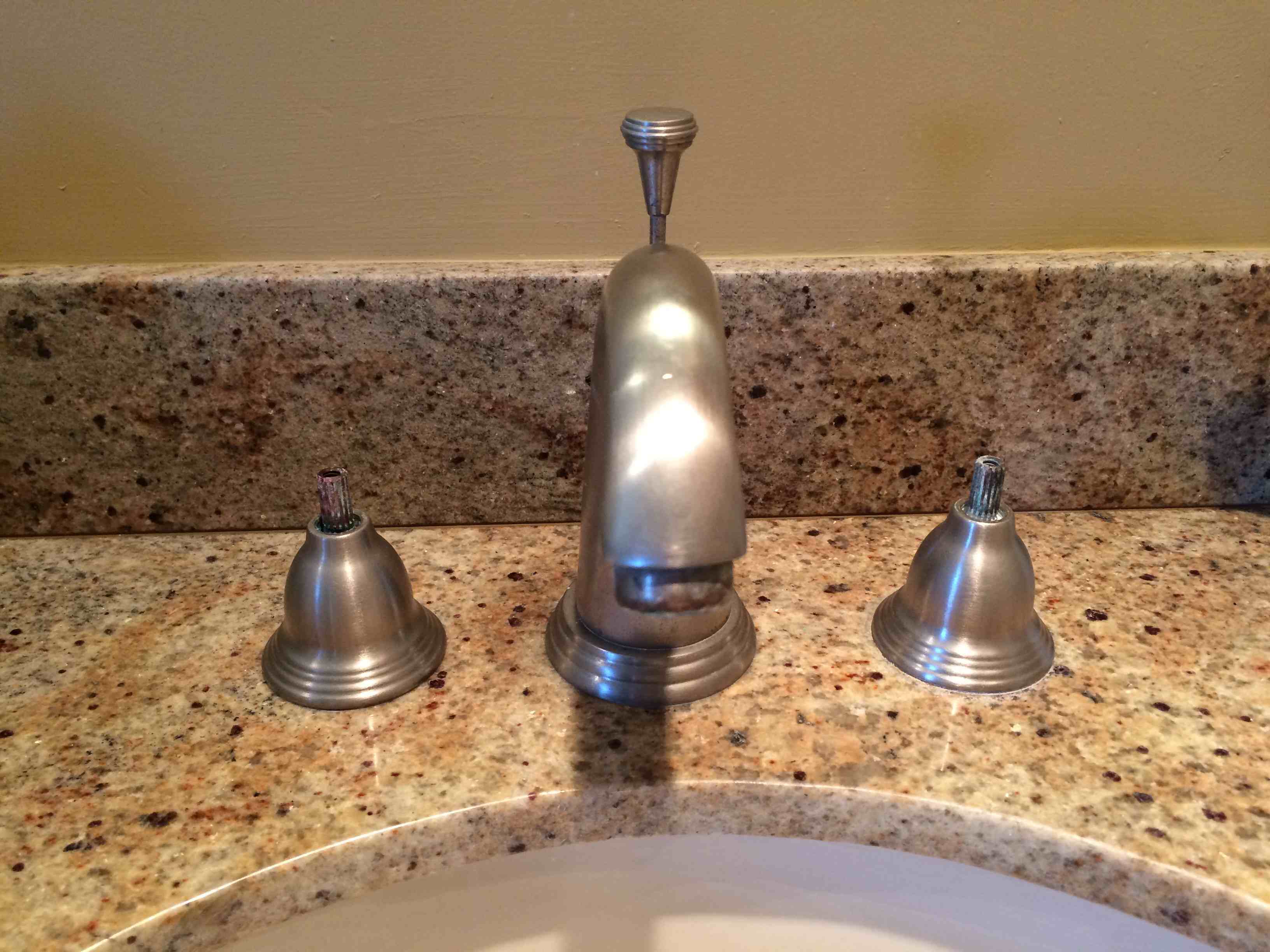

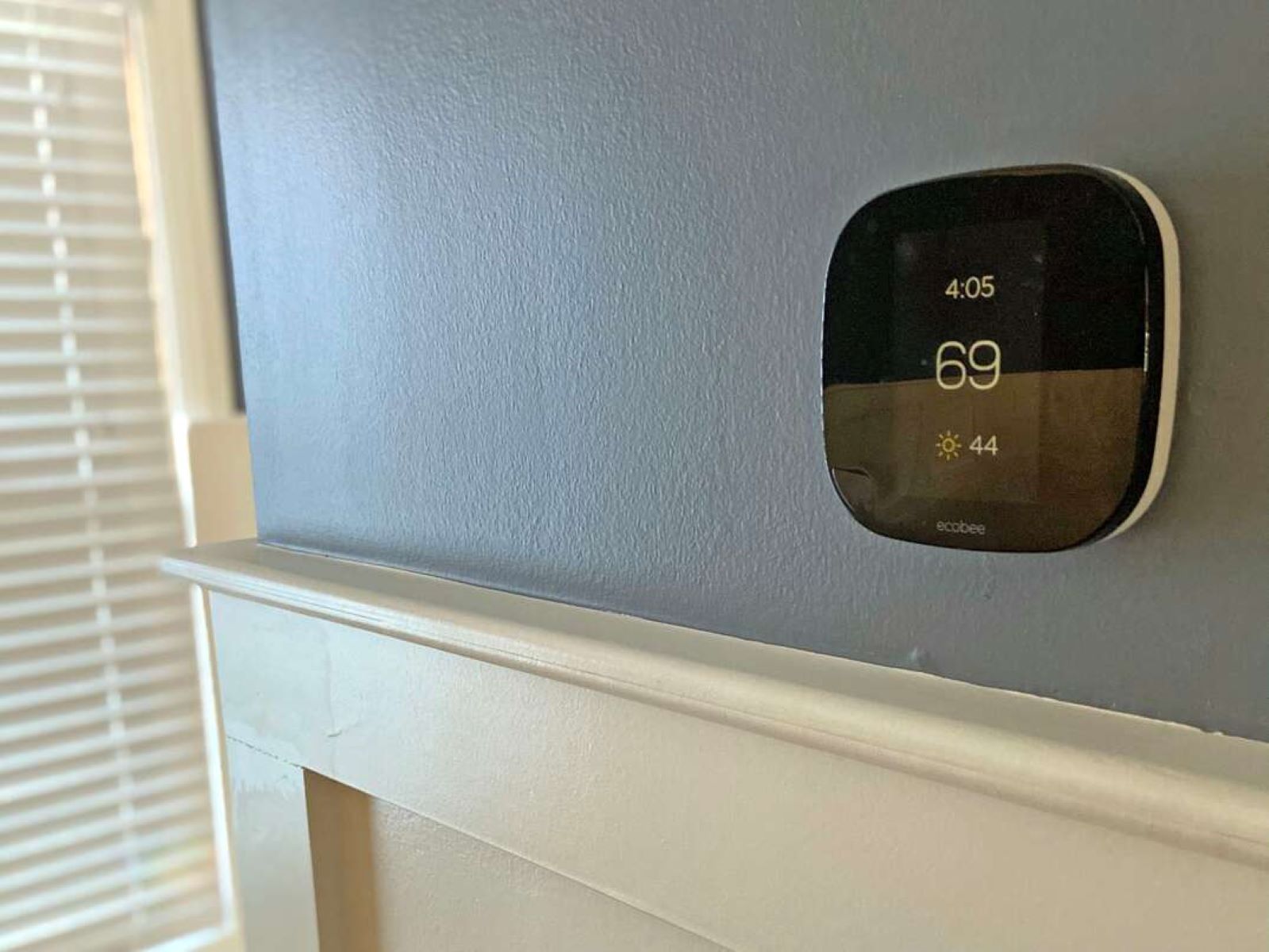

0 thoughts on “How To Open A Stuck Window”